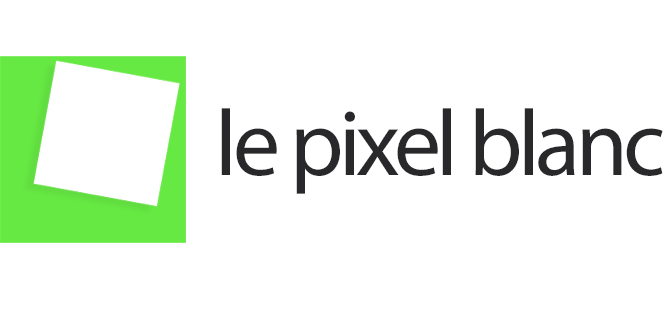Maurice Benayoun
Born in Mascara, Algeria in March 1957, he moved to France in 1958. In the 1980s Benayoun directed video installations and short films about contemporary artists, such as Daniel Buren, Jean Tinguely, Sol LeWitt and Martial Raysse. In 1987 he co-founded Z-A, a private art lab specialising in computer graphics and Virtual Reality. Between 1990 and 1993, Benayoun collaborated with Belgian graphic novelist François Schuiten on Quarxs, a computer animation series that explores fictional parallel worlds with alternative laws of physics. In 1993, he received the Hors Les Murs award from Villa Medicis for his Art After Museum project, a virtual reality contemporary art collection.
After 1994 Benayoun was involved with more Virtual Reality projects and interactive art installations. One of these was described by Jean-Paul Fargier in ‘Le Monde’ (1994) as "the first metaphysical video game". One important work from this period is The Tunnel under the Atlantic, completed in 1995. This was a tele-virtual project linking the Pompidou Centre in Paris and the Museum of Contemporary Art in Montreal. The work was a true technical achievement, becoming the first intercontinental virtual reality artwork (labelled "televirtuality" by Philippe Quéau in 1994). Moreover, it was one-of-a-kind example of what Maurice Benayoun calls the “reactive architecture of communication”. Inspired by Hole in Space by Kit Galloway and Sherrie Rabinovitz, The Tunnel under the Atlantic offers another way of exploring the limits of communication by introducing the concept of dynamic semantic shared space.
In 1997 he worked together with Jean-Baptiste Barrière to create World Skin, a Photo Safari in the Land of War, an immersive installation, which has since been often used as a reference in virtual art. It was awarded with the Golden Nica at the 1998 Ars Electronica festival.
Maurice created two works for the Cité des Sciences de la Villette, The Navigation Room (1997) and The Membrane (2001). The Navigation Room used an innovative interface to create content and experiences personalised according to the interactios of each visitor, resulting in a web page dedicated to each visitor. The Membrane, centrepiece of the exhibition Man Transformed, was a large surface that appeared to be breathing and feeling the presence of the visitors.
Maurice also worked on The Panoramic Tables for the Planet of Visions pavilion for Hanover EXPO2000, an innovative application of augmented reality, directed by François Schuiten. In 2006, together with the architect Christophe Girault, he created an exhibition inside the Arc de Triomphe, Paris, which opened in February 2007.
Benayoun conceived and directed the exhibition Cosmopolis, Overwriting the City (2005), a giant immersive art and science installation presented as part of the French Year in China in Shanghai, Beijing, Chengdu and CongQing. In 2008, he poduced NeORIZON, a large scale urban installation in Shanghai, which assigned QR codes to participants that were then portrayed a bricks that make up the city itself. In 2005, he started a series of works entitled Mechanics of Emotions, which presents the Internet as the world’s nervous system and world’s emotions as possible material for a new metaphoric economic model.
In 2008 Maurice Benayoun submitted his blog, The Dump, a collection of unfinished art projects, as a doctorate thesis entitled: Artistic Intentions at Work, a Hypothesis for Committing Art at the Université Paris 1, la Sorbonne. The PhD received the "mention très honorable" ("cum laude", the highest distinction in the French academic system).
As a theorist, Maurice Benayoun coined the concepts of Critical Fusion, "the fusion of fiction and reality used to decipher the world" and Extended Relativity, a model taken from physics and used to understand the processes of subjective data mining and urban navigation. He considers his recent works as a form of Open Art, a paraphrase of Jon Ippolito, which designates art that is not limited to traditional forms, media and economic models.
From 1984 to 2010 he was an assistant professor at Université Paris 1, la Sorbonne, where he was the co-founder and art director of the CITU research center (Création Interactive Transdisciplinaire Universitaire) together with Paris 8 University. CITU is dedicated to research into and the creation of emerging forms of art. In 2010 he became associate professor at Paris 8 university, where in 2011 he founded the H2H Lab (the Human to Human Lab), a cluster of public and private art labs that envision art as an advanced form of human mediations. In August 2012, he became a full-time Professor in the School of Creative Media of the City University of Hong Kong.






